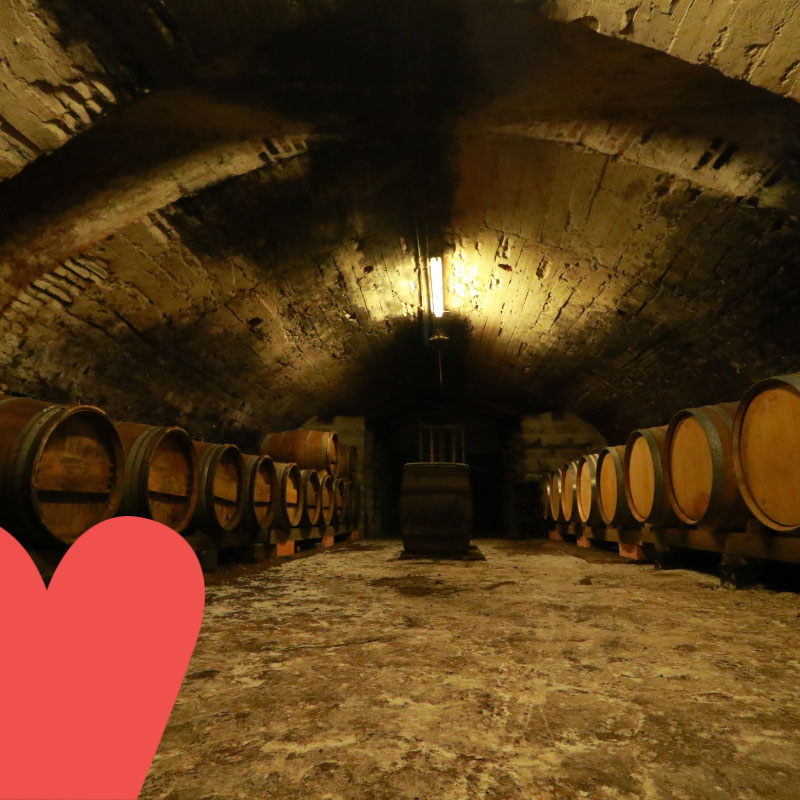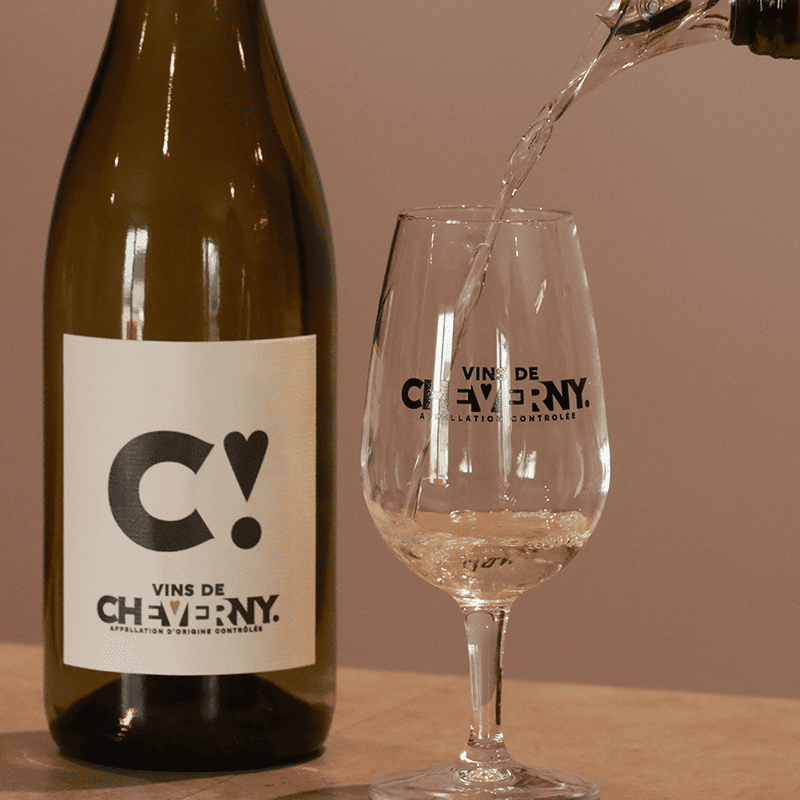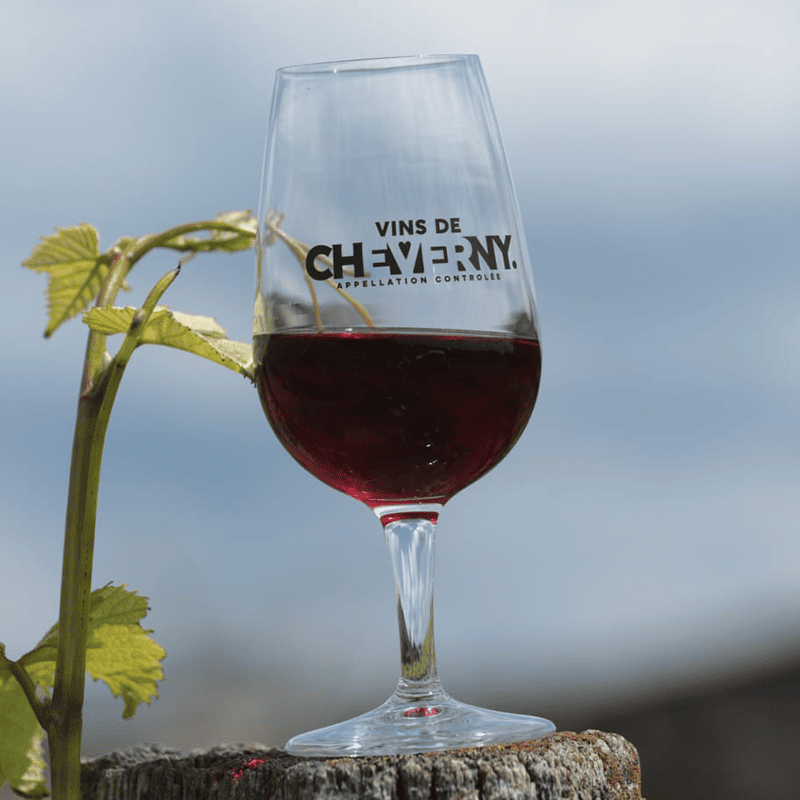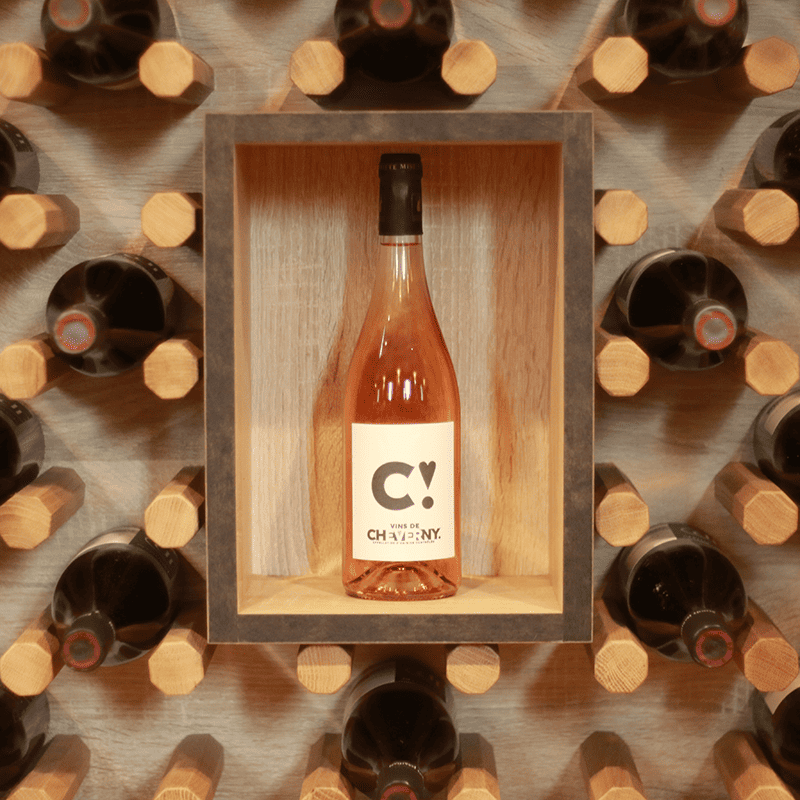Discover the Cheverny Appellation
The AOC Cheverny (Protected Designation of Origin) was created in 1993 and covers an area of 25 villages (with the addition of Chambord in 2017) around the village of Cheverny. The 701 hectares of vines of the AOC enable the fifty or so winemakers to produce white, rosé and red wines.
The wines of the Cheverny appellation have the particularity of always being derived from blends which mean that they are composed of several grapes:
Sauvignon and Chardonnay for the white wines.
Pinot Noir and Gamay for the red and rosé wines.
The protected designation of Origin Cheverny is worth being known for both the richness of its history and the quality of its wines. Whether you are a fan of crisp and refreshing white wines, voluptuous red or fruity rosé, you will be charmed by the authenticity and the expertise of the winemakers. Don’t hesitate to explore this beautiful wine-growing region and discover its wines.
AOC Cheverny in brief
701
hectares of vines
50
winemakers
4
Main grape varieties

A rich and facinating history
The Cheverny vineyard was implanted as early as the Middle Ages around the abbeys and quickly attracted the interest of the French kings in the 16th century. In 1577, the Parliament of Paris enacted a law prohibiting Parisians from purchasing wines produced less than twenty leagues (88 km) from the capital. The vineyards first expanded around Orleans then towards Blois and Tours to meet this growing demand. Cheverny was recognized as an AOC by decree on the 26th of March 1993 thank to the passion of its winemakers and the quality of its terroir.
A unique terroir
The AOC Cheverny stretches over 25 villages* between the south of the Loire River and the Sologne region, just 2 hours from Paris. Our protected designation of Origin benefits from a temperate climate with an oceanic and slightly degraded oceanic influence. Strongly shaped by the erosion of the Loire (erosion and deposition of terraces), the geology of the Cheverny AOC is quite unique compared to other appellations in the Loire Valley, with soils dominated by clay-limestone, flint clays, and loamy-sandy soils. All these characteristics allow the different winemakers to produce fresh and expressive wines that reflect a rich and varied terroir which is ideal for viticulture.
* Candé-sur-Beuvron, Cellettes, Chambord, Cheverny, Chitenay, Cormeray, Cour-Cheverny, Feings, Fougères-sur-Bièvre, Fresnes, Huisseau-sur-Cosson, Maslives, Les Montils, Montlivault, Mont-Près-Chambord, Muides-sur-Loire, Ouchamps, Saint-Claude-de-Diray, Saint-Dye-sur-Loire, Saint-Laurent-Nouan, Sambin, Seur, Tour-en-Sologne et Vineuil et la section cadastrale E de la commune de Monthou-sur-Bièvre.
View of the Loire in real time

The white wines
The white wines of the AOC Cheverny are mainly made from a blend of Sauvignon Blanc (the main grape) and of Chardonnay (the complementary grape). This blend gives birth to dry and fruity white wines where the aromatic power of the Sauvignon Blanc (notes of citrus and blackcurrant buds) meets the roundness and elegance of the Chardonnay. It is also possible to find some Menu Pineau in small proportion (a grape also known as Orbois) as an addition or replacing the Chardonnay in the blend, to enhance the minerality of the wine.
In 2023, 25703 hectoliters of Cheverny Blanc were produced, accounting for 68% of the total production.
The Cheverny AOC white wines, thanks to their crisp and fruity characteristics, propose perfect pairing for :
- Appetizers: Serve them with light hors d’oeuvres, such as fresh goat cheese toasts or fish rillettes.
- Seafood: A chilled Cheverny Blanc pairs perfectly with oysters, shrimp, or a seafood platter.
- Goat cheeses: The crispiness of a Cheverny Blanc will highlight the creamy texture and delicate flavors of goat cheeses.
They should be enjoyed chilled (between 8° and 10°C) and consumed within 3 to 5 years following the bottling.
Red Wines
The red wines of the Cheveny AOC are fruity and voluptuous. The main grape is the Pinot Noir which brings finesse and notes of dark fruits, spices, and sometimes even a slight smoky touch. It is blended with Gamay, the complementary grape, which adds notes of red fruits and brings a well-balanced freshness and acidity. These wines are typically fairly light and low in tannins. It is possible to add a small percentage of Côt (a grape also known as Malbec) in the blend to create more robust and structured wines. Similarly, winemakers may use barrel aging to add body and roundness to their wines. Over the months spent in oak barrels, the Cheverny red wines develop delicate aromas of ripe dark fruits, spices, and sometimes subtle hints of vanilla or cocoa. These wines will appeal to lovers of rich and balanced wines and they offer a better aging potential.
In 2023, 10 290 hectoliters of Cheverny red wine were produced, representing 27% of the total production.
The Cheverny AOC red wines, thanks to their fruity and gourmet characteristics, pair wonderfully with:
- Charcuteries (cured meats): A light Cheverny red wine pairs perfectly with a platter of fine charcuterie.
- Grilled meats: The spicy and fruity notes offer a good match for grilled red meats, marinated chicken, or lamb chops.
- Cheese platters: A Cheverny red wine pairs beautifully with hard cheeses or more mature cheeses for those aged in barrels.
They should be consumed within 5 years and are best enjoyed at 14°-16°C.


Rosé wines
The rosé wines of Cheverny are the result of the blend between Pinot Noir (the main grape) and Gamay (the complementary grape). They are distinguished by their great freshness and spicy, sometimes even lightly toasted, notes. These two grape varieties combine to produce dry and fruity rosés. As with the Cheverny reds, it is possible to find a hint of Côt (an accessory grape) added to create a slightly more tannic wine.
1963 hectoliters of Cheverny rosé were produced in 2023, accounting for about 5% of the total production.
Cheverny rosé wines, thanks to their great freshness, are perfect for:
- Appetizers: Ideal to accompany tapas, olives, or bruschettas.
- Spicy dishes: Their lightness and fruitiness pair well with mildly spicy dishes, such as vegetable curry or chicken skewers.
They should be enjoyed chilled and consumed within 2 to 3 years following the bottling.


